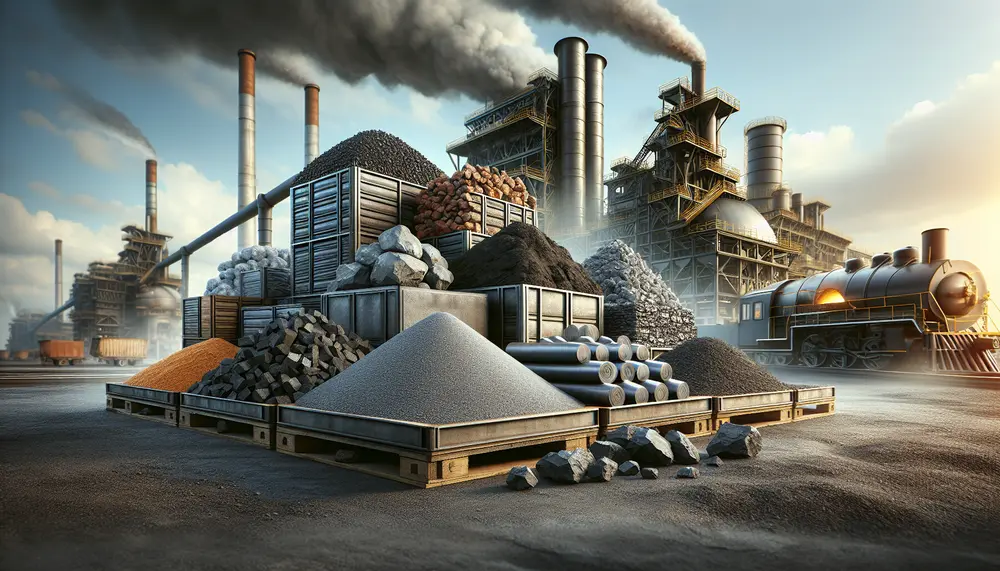Nickel
Nickel
Beim Stichwort Nickel denken viele direkt an Münzen oder Modeschmuck. Aber dieses Metall ist weit mehr und spielt eine entscheidende Rolle in der Stahlproduktion und im Stahlhandel. Doch was macht Nickel so wichtig und woher kommt es überhaupt? Wir möchten Ihnen dazu mehr erklären.
Was ist Nickel?
Nickel ist ein chemisches Element mit dem Symbol Ni und der Ordnungszahl 28. Es ist ein silbrig-weißes Metall, das gut hitzebeständig ist und sich hervorragend in Legierungen verwenden lässt. Seine wirtschaftliche Bedeutung hat Nickel vor allem in der Stahlindustrie, wo es zur Herstellung von korrosions- und hitzebeständigen Stählen verwendet wird.
Die Herkunft von Nickel
Nickel kommt in der Erdkruste vor und wird hauptsächlich durch Erzabbau gewonnen. Es ist oft ein Bestandteil von Eisen- oder Kupfererzen. Die größten Nickelvorkommen finden sich derzeitig in Russland, Kanada, Australien und Indonesien. Da das Metall aber immer knapper wird, erfolgt eine intensive Suche nach neuen Lagerstätten und Alternativen zur konventionellen Stahlproduktion.
Nickel in der Stahlproduktion
In der Stahlproduktion spielt Nickel eine tragende Rolle. Es verbessert die Korrosionsbeständigkeit und die Hitzebeständigkeit des Stahls, was ihn wertvoller für bestimmte Anwendungen macht. Kommt bei der Stahllegierung Nickel zum Einsatz, entsteht Edelstahl. Dieser ist besonders rostfrei und hitzebeständig.
Nickel im Stahlhandel
Auch im Stahlhandel ist Nickel relevant. Aufgrund seiner Eigenschaften und seines knappen Vorkommens hat Nickel einen hohen Marktwert. Stahl, der Nickel enthält, ist daher preislich höher anzusetzen als normaler Stahl. Der Preis für Nickel auf dem Weltmarkt ist ein wichtiger Indikator für die Preisentwicklung im Stahlhandel.
Fazit: Nickels Bedeutung in der Stahlproduktion und im Stahlhandel lässt sich nicht unterschätzen. Es ist ein unverzichtbarer Rohstoff für bestimmte Stähle und beeinflusst zudem die Preise im Stahlhandel.
Blog Posts with the term: Nickel
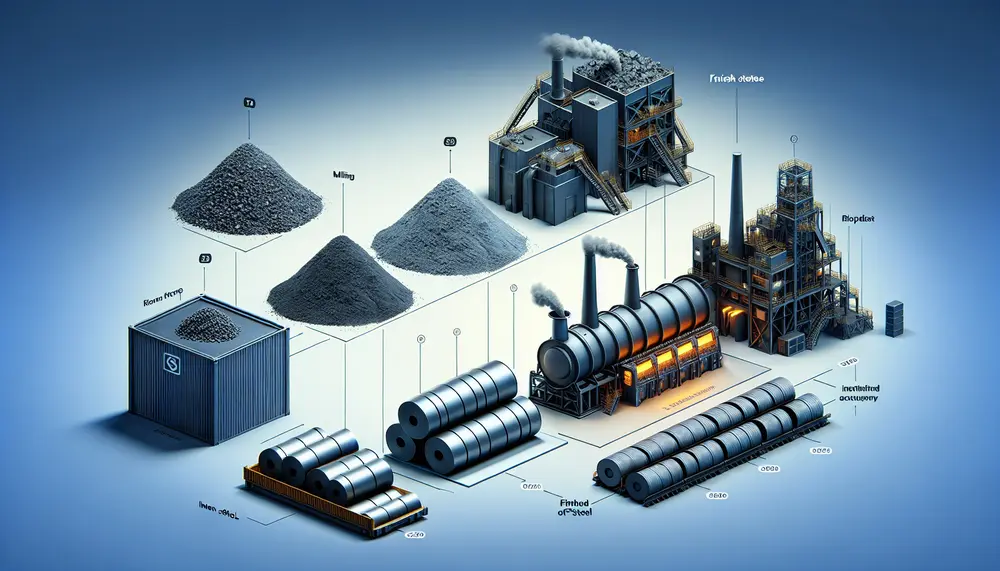
The steelmaking value chain is a complex process that transforms raw materials like iron ore, coking coal, and limestone into high-quality steel through strategic steps involving technological innovation to optimize efficiency and reduce environmental impact. Understanding this value chain helps...
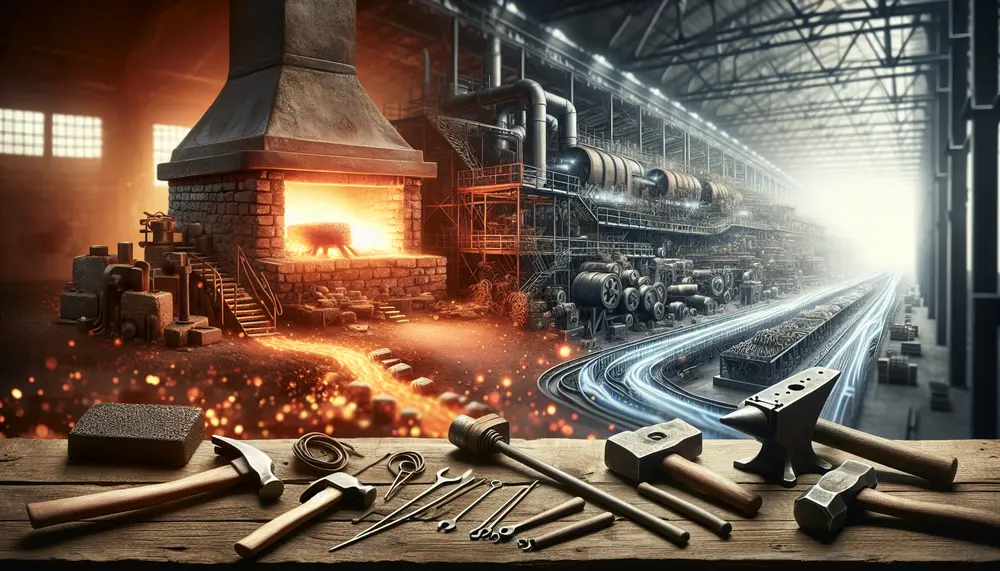
Steel's origins trace back to meteoric iron and evolved with human discovery of smelting around 2500 BCE, leading from the Bronze Age into the Iron Age. The Bessemer Process in the mid-19th century revolutionized steel production, enabling mass production and...
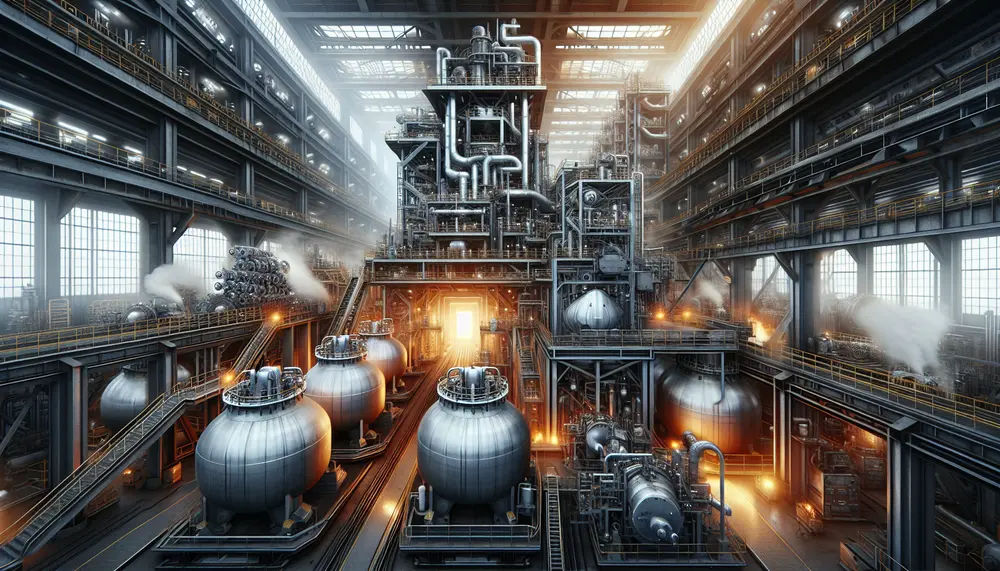
The Argon Oxygen Decarburization (AOD) process is a secondary steel making method that refines the composition of steel by reducing carbon content, using oxygen and inert gases like argon for controlled reactions. This technology allows for high-quality alloy production with...
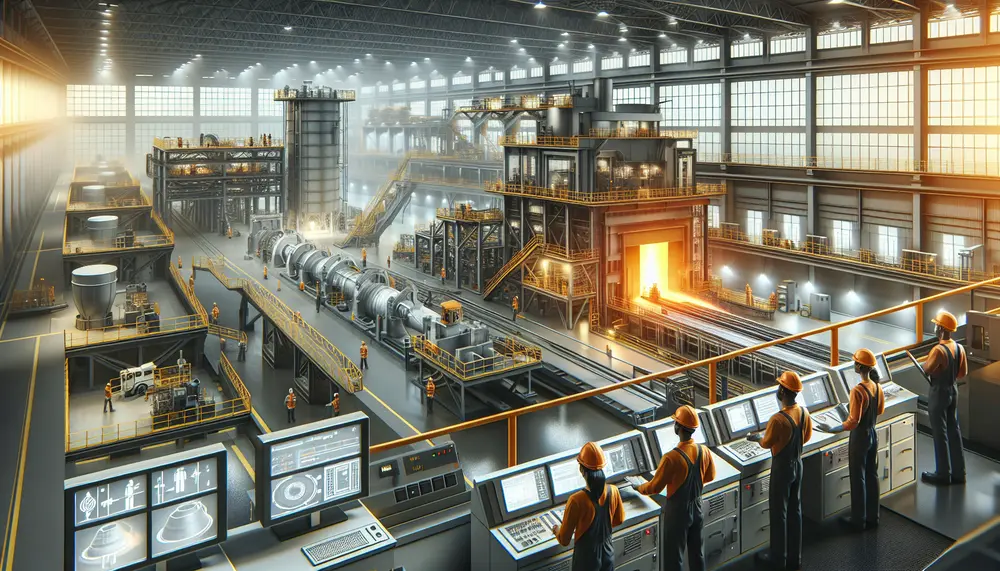
The article explains the importance of understanding a steelmaking flow chart, which outlines each step from raw material preparation to final products, aiding in efficiency and productivity. It details key components like raw materials (iron ore, limestone, coal), primary steps...
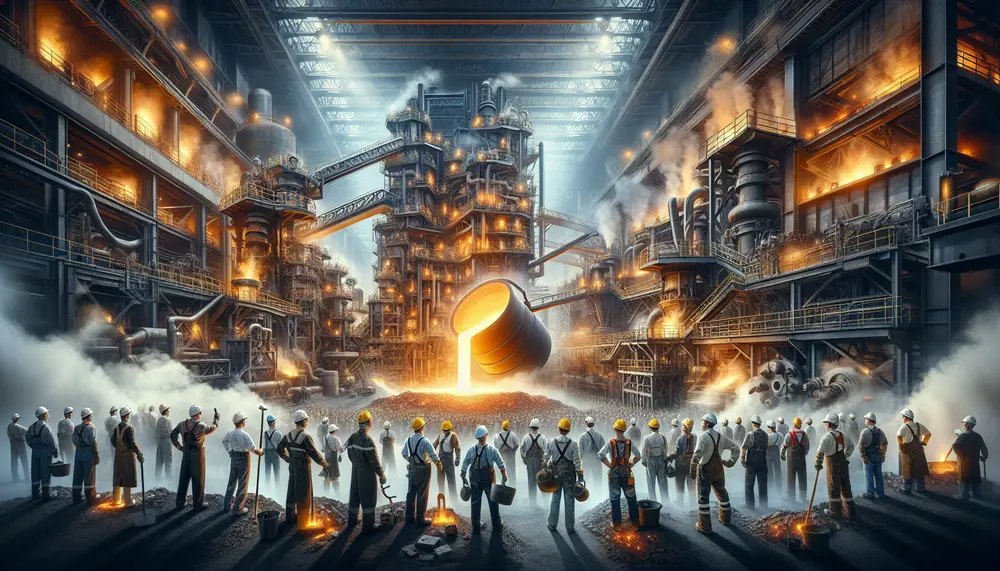
The article provides an overview of steel making, detailing its historical evolution and main processes such as ironmaking, primary and secondary steelmaking, casting, and forming; it highlights the importance of methods like the basic oxygen process and electric arc furnace...
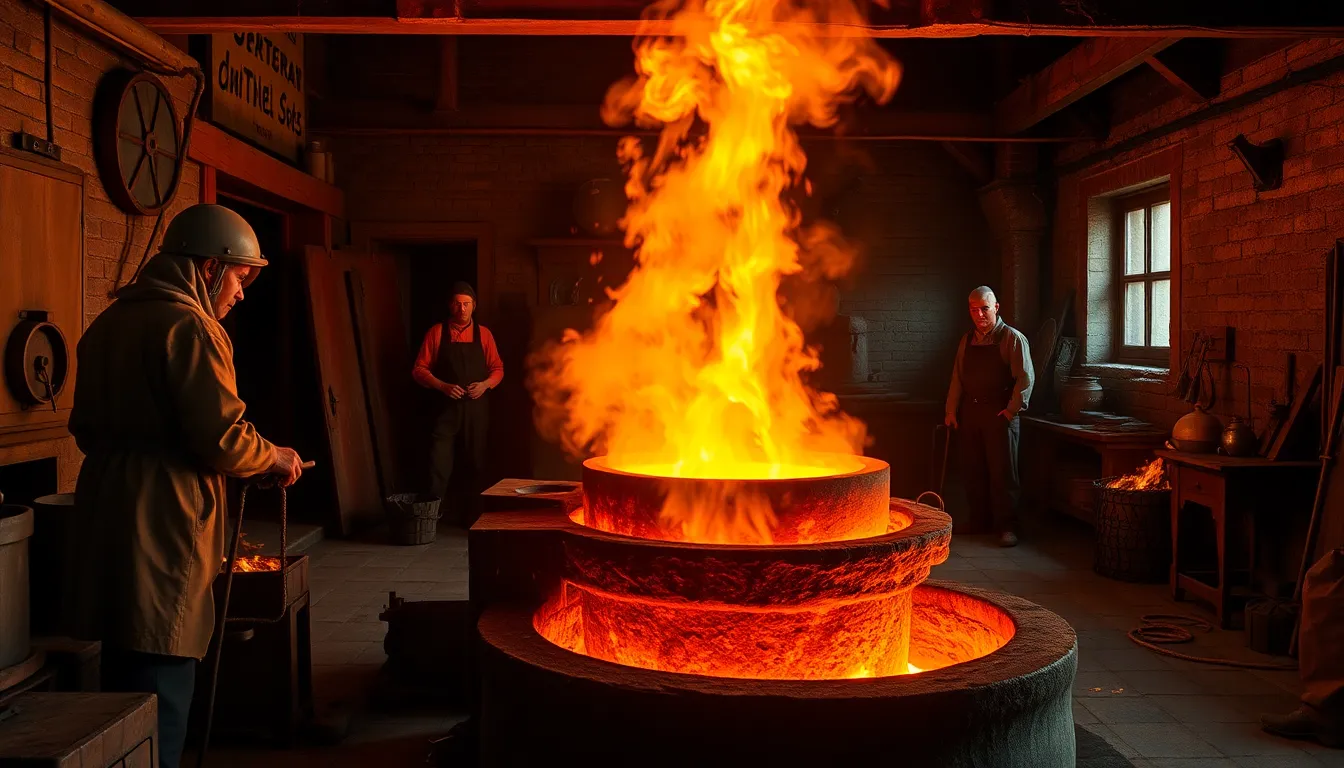
The article traces the evolution of steelmaking from ancient techniques to significant medieval innovations, highlighting early methods like iron carburization and bloomery processes that evolved into more efficient practices with the introduction of blast furnaces. It also covers Renaissance advancements...
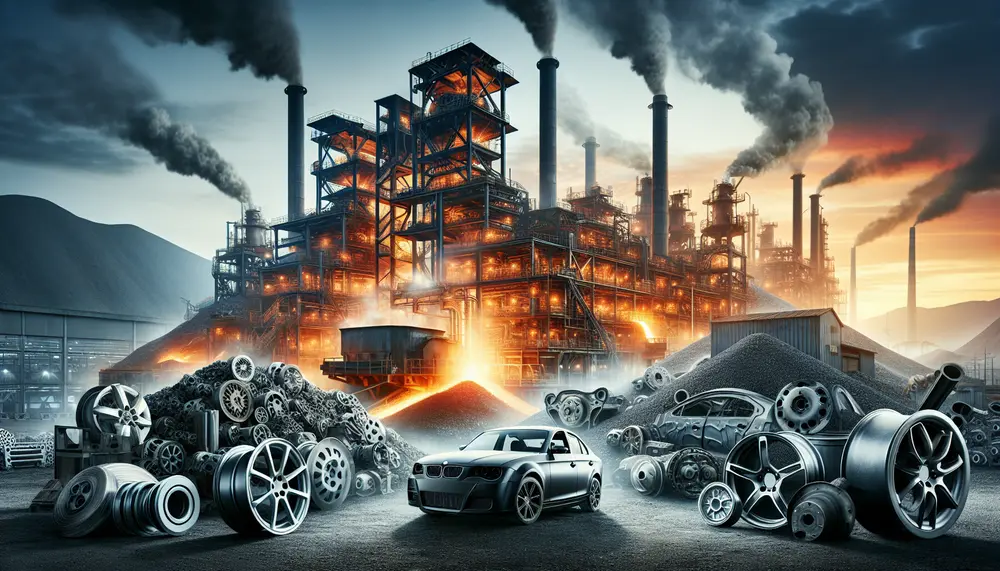
Steel production for vehicles involves transforming iron ore into various steel grades with specific properties, balancing strength and formability. Innovations in manufacturing techniques ensure high-quality steel that meets automotive industry standards. The journey of steel from raw material to vehicle component...
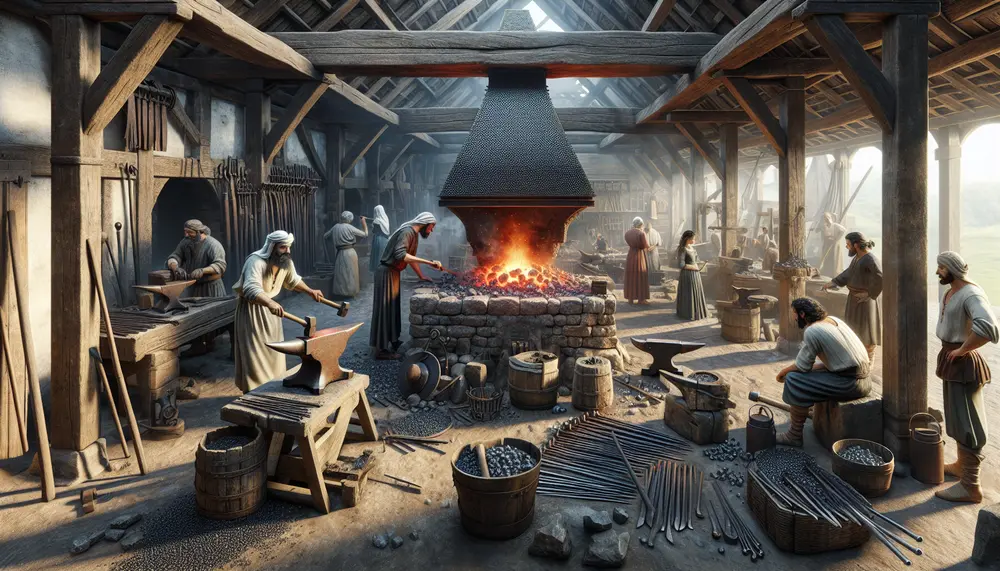
The article "Introduction to Ancient Steel Making" explores the historical context, key techniques, and materials used in ancient steel production across various civilizations. It highlights how early methods influenced modern steel making and underscores the ingenuity of our ancestors in...
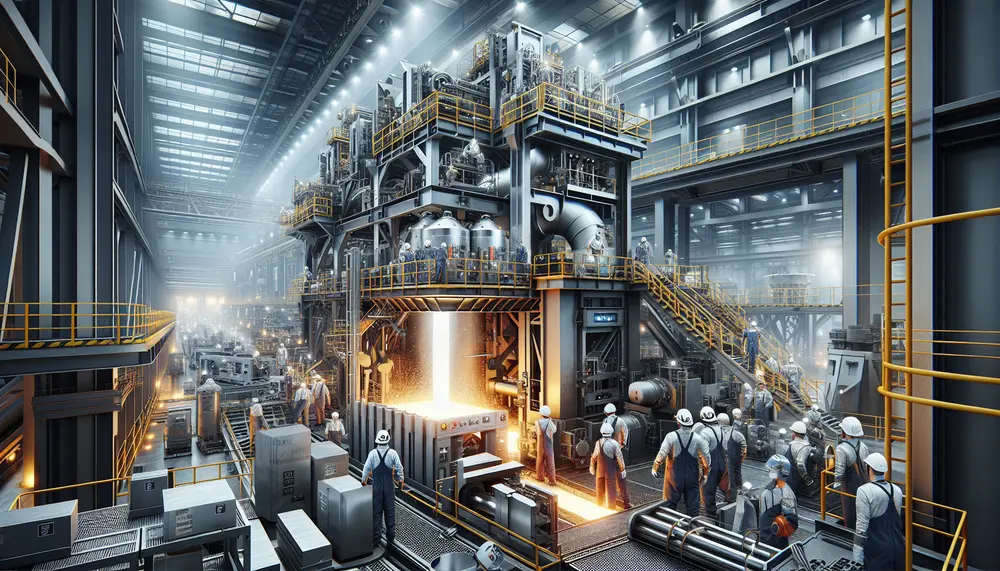
The Argon Oxygen Decarburization (AOD) process is essential in producing high-quality stainless steel by refining molten steel to reduce carbon content while preserving valuable alloying elements like chromium. This method, involving precise control of gas mixtures and temperatures during decarburization,...
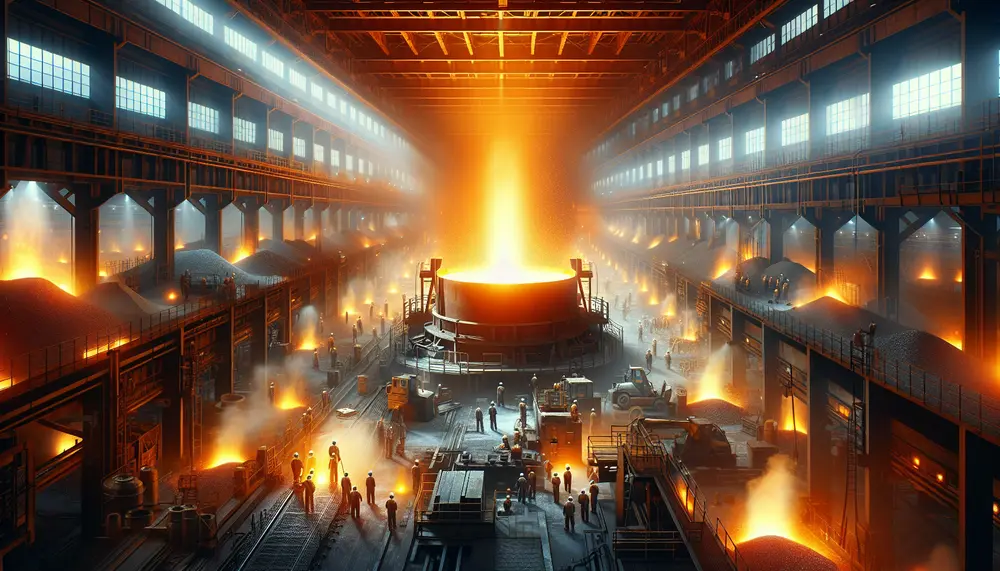
Steelmaking ladles are essential in the steel production process, designed to transport and refine molten metal while withstanding extreme temperatures and chemical corrosion. They come in various types tailored for specific functions such as transferring, treating, casting, and precise pouring...
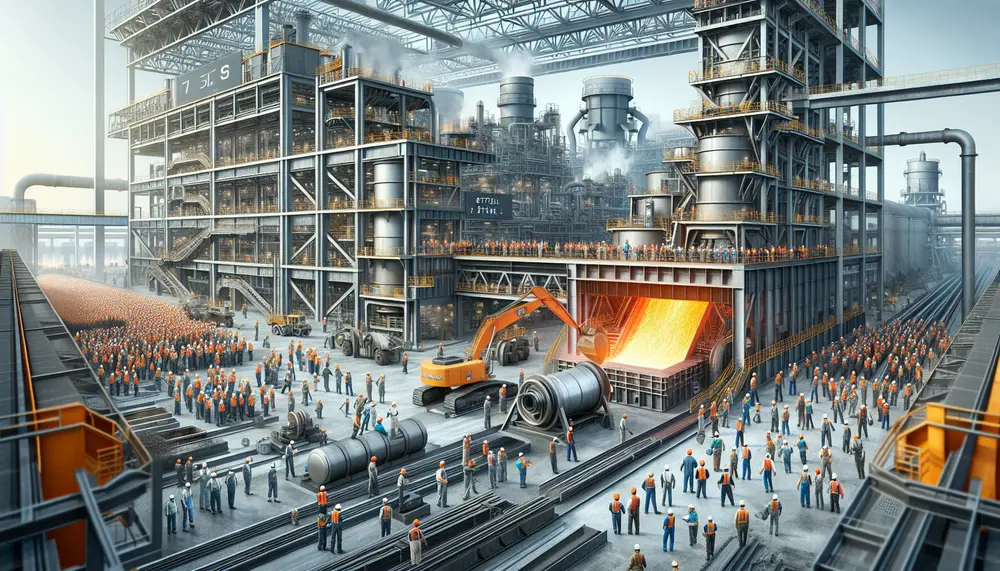
The article explains the steel production process using a detailed steelmaking diagram, which visually breaks down each step from raw material preparation to finishing processes. It covers two main methods of steelmaking—Basic Oxygen Steelmaking (BOS) and Electric Arc Furnace (EAF)—and...
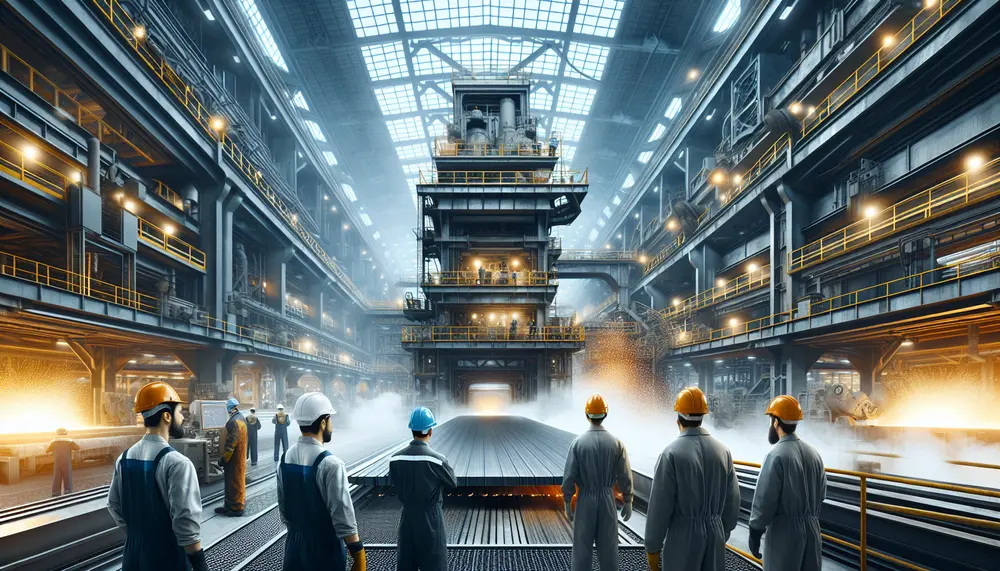
Steelmaking oxidation is a critical process in steel production, involving the intentional addition of oxygen to molten iron to trigger chemical reactions that remove impurities like carbon, silicon, and phosphorus, thereby enhancing the quality and properties of steel. This process...
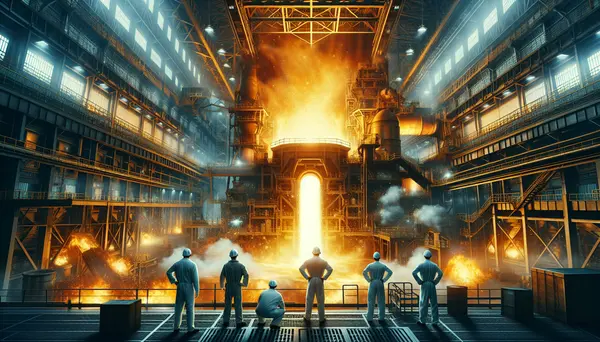
The steelmaking process involves complex chemical reactions to transform iron ore into steel, an alloy primarily made of iron and carbon. The Basic Oxygen Steelmaking (BOS) method is the most common way to produce steel, where a high-purity stream of...
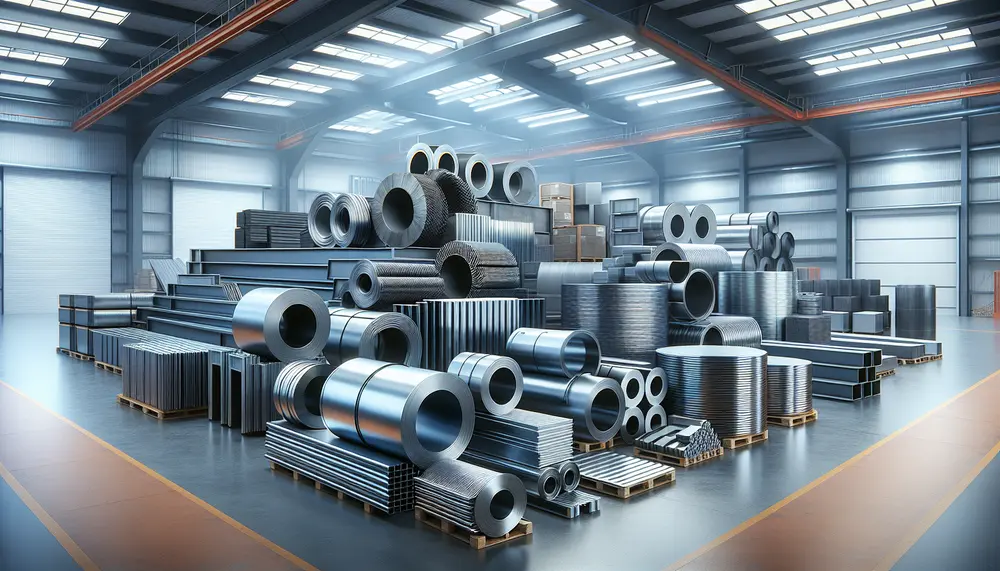
Steel is an iron-carbon alloy with varying carbon content that determines its hardness, ductility, and tensile strength; other elements like chromium can be added to enhance specific properties such as corrosion resistance. Steel products are categorized into four main types:...

